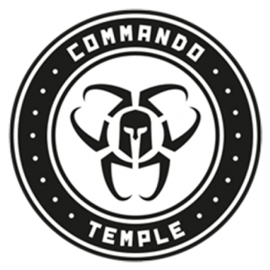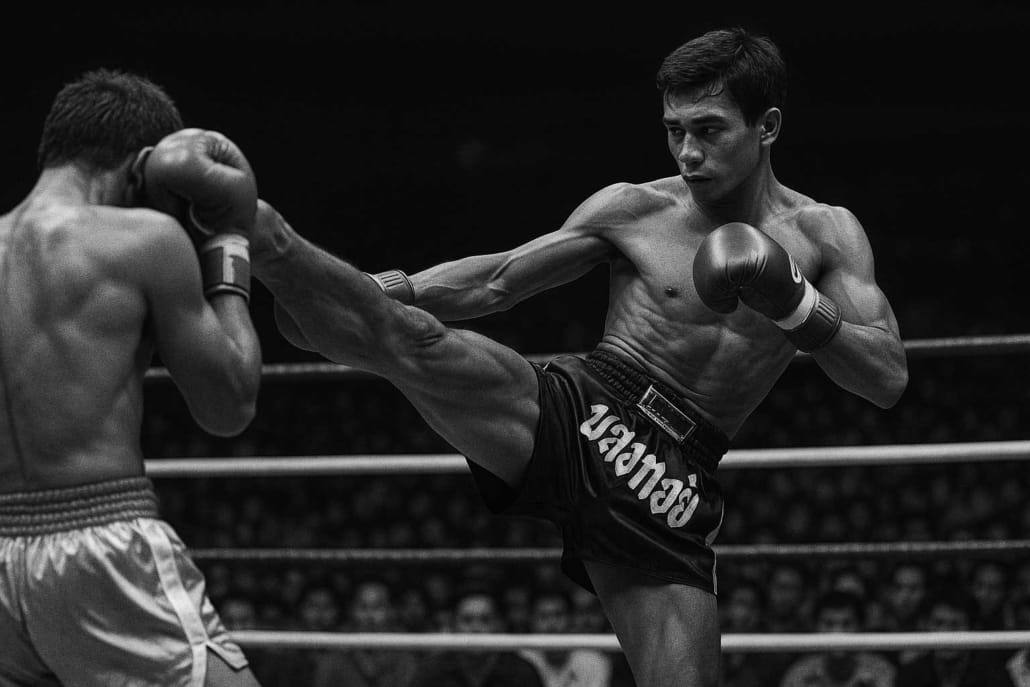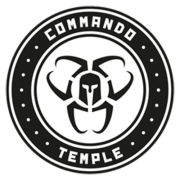Muay Thai Legends: Samart Payakaroon – The Master Technician
Samart Payakaroon: The Master Technician
If Muay Thai had a Muhammed Ali, it would be Samart Payakaroon.
Literally known as the “Muhammad Ali of Muay Thai,” Samart brought an effortless grace to the ring that still leaves people in awe. He wasn’t the strongest, the biggest, or even the most aggressive, but he didn’t need to be. Samart’s footwork, timing, and IQ set him apart as arguably the most gifted Muay Thai fighter in history.
Background and Career
Born: December 5, 1962, Chachoengsao Province, Thailand
Gym: Sityodtong Gym
Weight Class: Featherweight to Super Bantamweight
Style: Elusive, intelligent counter-fighter
Muay Thai Record: Estimated 150+ fights
Boxing: WBC Super Bantamweight World Champion (1986)
To understand how he became such a master of timing and control, you have to look at his journey, from rural beginnings to world titles.
Samart Payakaroon was born in the sixties, in Chachoengsao Province, eastern Thailand. Like many Thai children, he started learning Muay Thai out of necessity to help support his family financially. He started training at just 7 years old, following in the footsteps of his older brother Kongtoranee, who would also go on to become a Muay Thai legend.
From a young age, it was clear that Samart possessed extraordinary natural ability. He wasn’t just fast, he was fluid, intuitive, and smart beyond his years. He quickly gained a reputation for being nearly impossible to hit cleanly, even as a boy fighting adults on the local circuits.
At age 11, Samart Payakaroon moved to the famed Sityodtong Gym in Pattaya, where he trained under the legendary Kru Yodtong Senanan. It was at Sityodtong that his genius was sharpened into greatness. Kru Yodtong not only refined his technique but gave Samart the confidence to express himself fully in the ring. He fought regularly throughout his teens, and by the early 1980s, Samart had captured Lumpinee Stadium titles in multiple weight classes – something only the best of the best ever achieve.
But Samart’s ambition didn’t end in the stadiums of Bangkok. While he was still at the peak of his Muay Thai career, he made the bold transition to Western boxing — a path few Thai fighters had taken, let alone succeeded in. With barely a dozen professional bouts under his belt, Samart faced and defeated Lupe Pintor, a former WBC champion, to win the WBC Super Bantamweight World Title in 1986.
This achievement stunned the international fight world. Samart wasn’t just a Muay Thai star anymore. He had become a world champion in boxing, relying on nothing more than his exceptional reflexes, footwork, and a boxing style that seemed to come as naturally to him as breathing.
He later admitted that he never truly loved Western boxing the way he loved Muay Thai. “Boxing, it’s too one-dimensional,” he said in an interview. “I liked the challenge, but my heart was always in Muay Thai.”
After his fighting career, Samart reinvented himself once again as a singer and actor, becoming a genuine celebrity in Thailand. But no matter what spotlight he stood in, to those who love the sport, he remains the ultimate technician the fighter who could see punches before they were thrown and who danced through the Golden Era like a master composer.
What Made Samart Payakaroon Different?
Samart could make a punch miss by inches. He could draw a fighter in, then make them pay — not just with power, but with precision.
His jab was crisp, his left hook lethal. But what really separated him was his feel for the fight. He wasn’t just fighting the opponent he was fighting ahead of them, anticipating what they would do before they knew it themselves.
Many fighters win with toughness. Samart won with elegance.
Must-Watch Fights
vs. Dieselnoi Chor Thanasukarn – A stylistic clash between Samart’s finesse and Dieselnoi’s relentless pressure and knees. A fan favourite.
vs. Juan Meza (Boxing) – The fight that earned Samart his WBC world title. Beautiful movement and ringcraft.
vs. Kongtoranee Payakaroon – Samart’s brother, also a Muay Thai great. Their gym, Sityodtong, produced both champions.
Samart’s Fighting Legacy
Even now, decades later, modern fighters study Samart Payakaroon fights to understand:
How to counter
How to manage distance
How to frustrate pressure fighters without taking damage
Samart also helped elevate Muay Thai’s image in Thailand. Beyond the ring, he became a singer, actor, and national icon. He showed the country and the world that Muay Thai wasn’t just brutality. It was beautiful.
Sityodtong Gym: His Home Base
Samart trained at the legendary Sityodtong Gym, founded by Kru Yodtong Senanan. The gym became famous for technical mastery, and Samart was its crown jewel.
To this day, Sityodtong fighters are known for sharp technique, strong fundamentals, and a deep understanding of ring IQ.
Why He Still Matters
Ask any Kru who the greatest fighter of all time is and Samart’s name will almost always come up. For fighters, he’s a lesson in how to win with style. For fans, he’s a reminder that fighting doesn’t have to be messy to be devastating.
If you’re serious about Muay Thai, studying Samart is a must.


